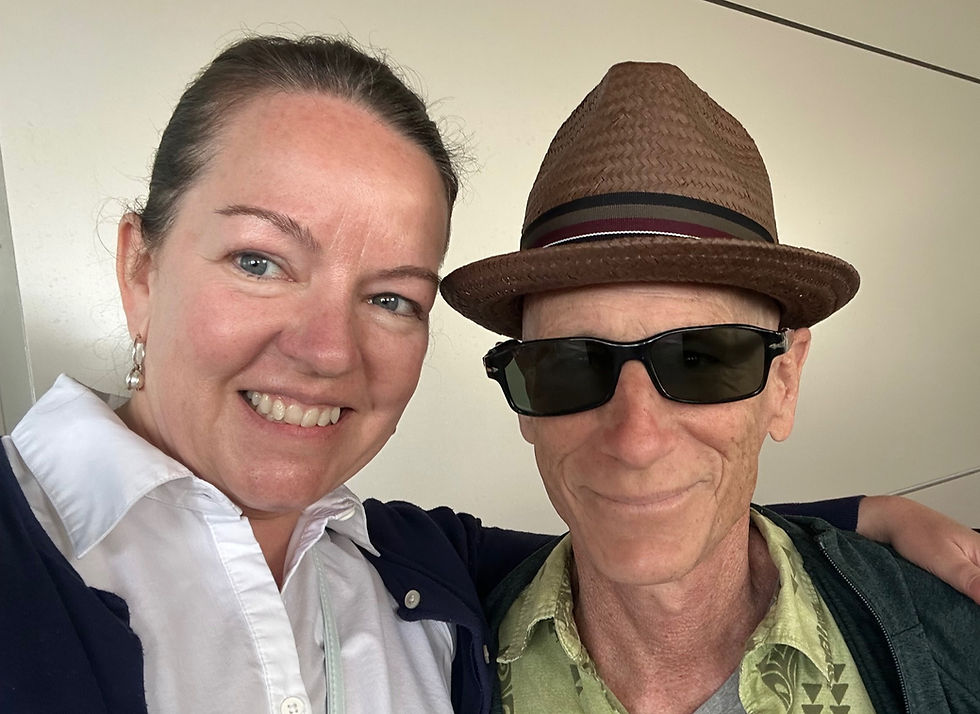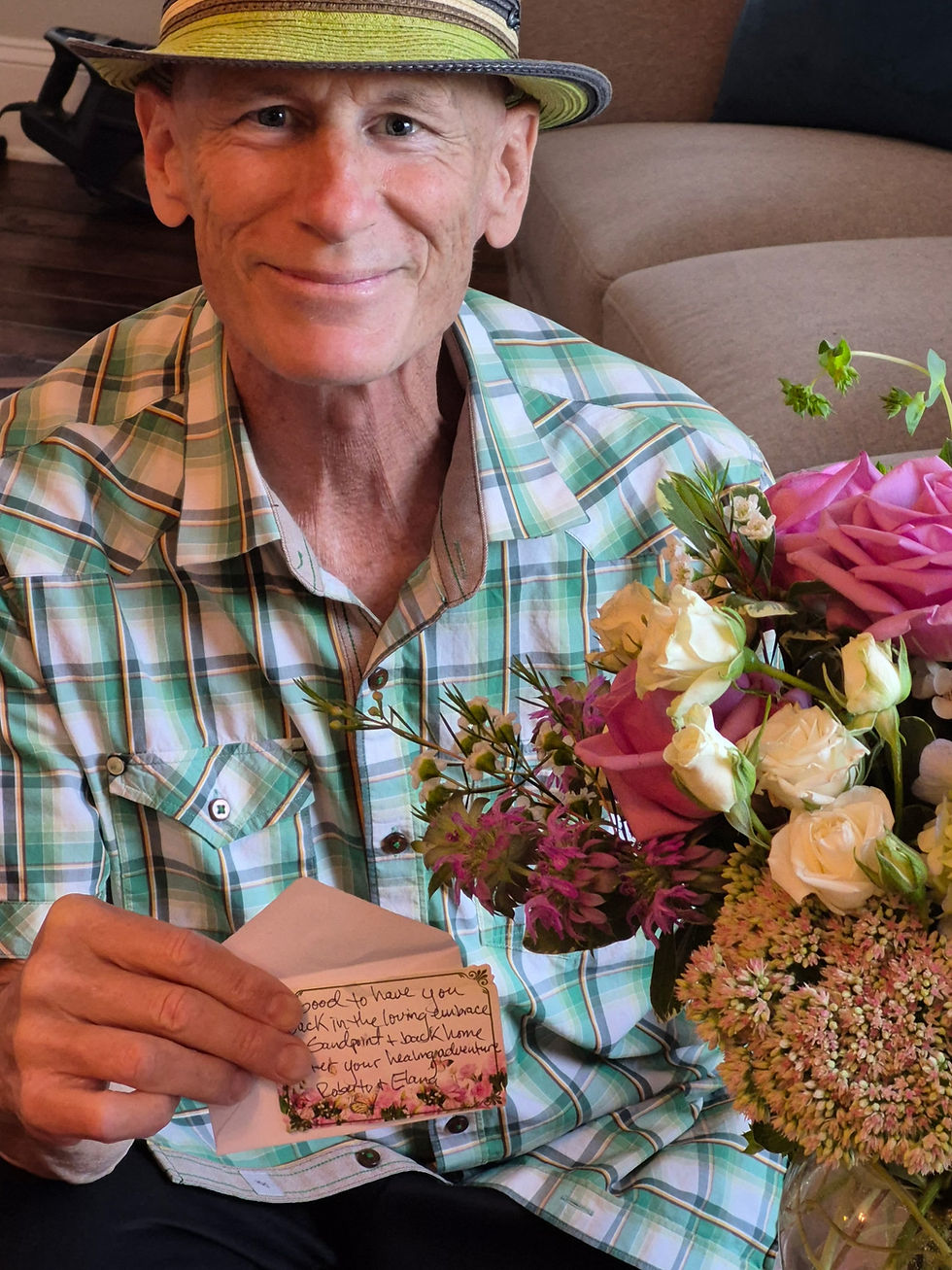Navigating a Health Sabbatical with Emotional Fluency
- David Stamation

- Aug 30
- 2 min read
David Stamation, Executive Life Coach
Life doesn’t hand us a guidebook when hardship strikes. When cancer interrupted my life, I turned to a skill I had practiced for years—emotional fluency. What I learned not only carried me through treatment but continues to shape how I live today.

A health crisis rarely arrives with a roadmap. My own sabbatical, prompted by a cancer diagnosis, was not something I ever planned for. Yet it became one of the most instructive periods of my life. Rather than simply surviving, I leaned into the personal development skills I’d spent years practicing and teaching—especially emotional fluency.
The Skill
Emotional fluency is the ability to name, feel, and express emotions without judgment. Instead of stuffing them down or ignoring them, you let them move through. During treatment, this practice became more than a tool—it became a lifeline.
The diagnosis was overwhelming. Cancer collapses time—suddenly everything feels urgent and uncertain. The natural impulse is to armor up: push feelings aside, numb out, or—my specialty—withdraw. But ignored emotions only amplify stress. What helped most was slowing down and checking in with myself.
The Body
The body often speaks louder than the mind. Each morning, I asked: What am I feeling right now? Where in my body do I notice it? Sometimes it was fear—tight in my chest. Other times anger—stewing in my belly. Or sadness—a heaviness around my eyes. By naming and locating the emotion, I gave it space to move through me rather than control me.
This practice also reshaped how I related to my wife, Cynthia, who was walking this journey with me. Often, she didn’t know what I needed in that moment. Emotional fluency gave me language: “I’m scared right now, could you just sit with me?” or “I’m feeling strong today, let’s go for a walk.” That clarity deepened our connection and allowed her to support me in ways that truly mattered.
For You
Emotional fluency isn’t just for crises. It’s a practice that builds resilience in every season of life. You can start today with three simple steps:
Name It – Pause and ask, What am I feeling right now? Move beyond the intellectual label—this leads directly to step two.
Notice It – Where is it showing up in your body? Breathe, scan slowly, and pay attention to sensation.
Normalize It – Observe rather than judge. Remind yourself, This is part of being human.
To take it deeper, try this Evening Reflection Exercise: before bed, write down one emotion you felt strongly that day. Note where you noticed it in your body and how you responded—constructively or otherwise. Over time, this simple practice builds awareness, resilience, and clarity in how you relate to your emotions.

A Little Practice
Looking back, my health sabbatical didn’t erase hardship. But emotional fluency changed my relationship with it. It allowed me to walk through fear with honesty, to lean on Cynthia with openness, and to discover humor and even joy in difficulty.
That’s the invitation: don’t wait for crisis. Start now. Practice emotional fluency daily, so when life delivers its inevitable challenges, you’ll be ready to meet them with resilience, clarity, and connection.




Comments